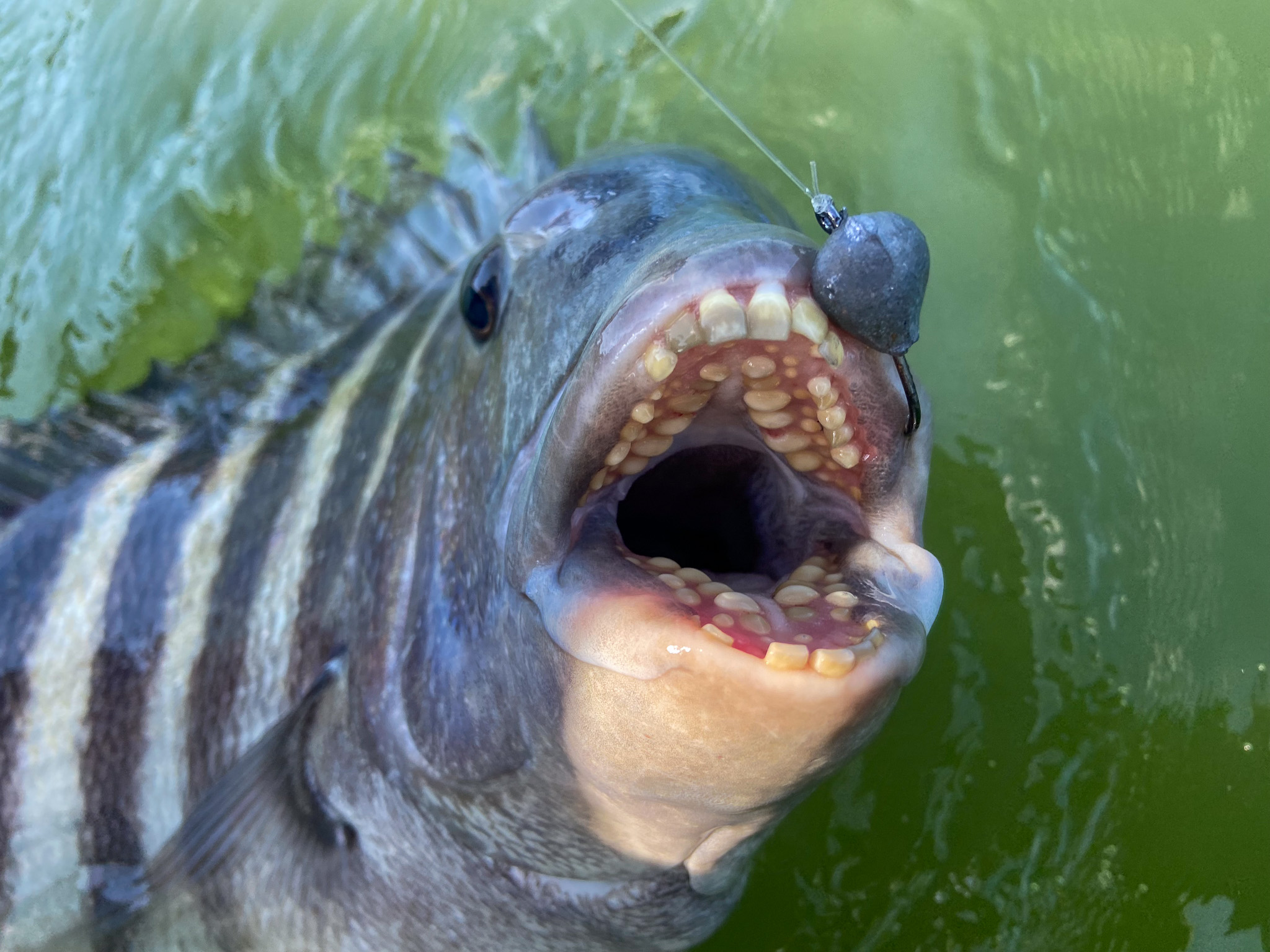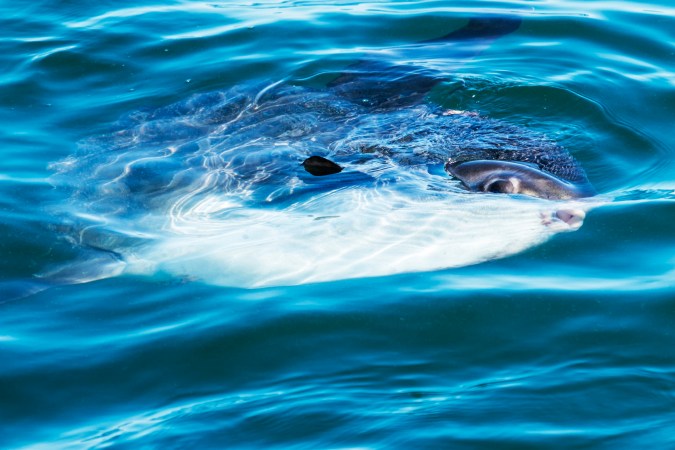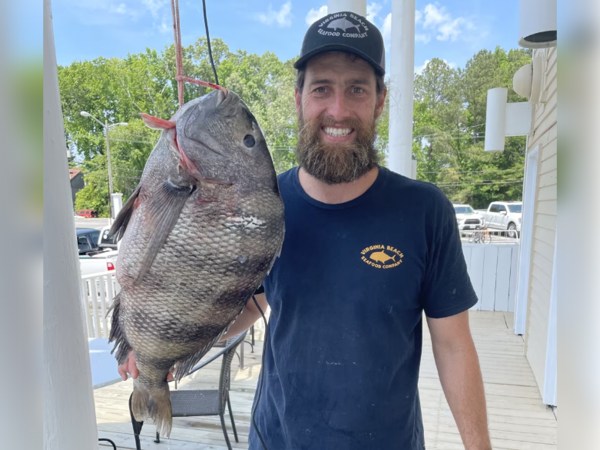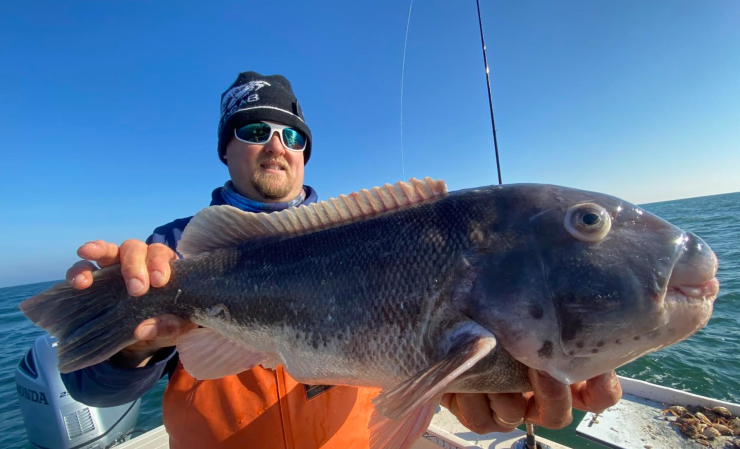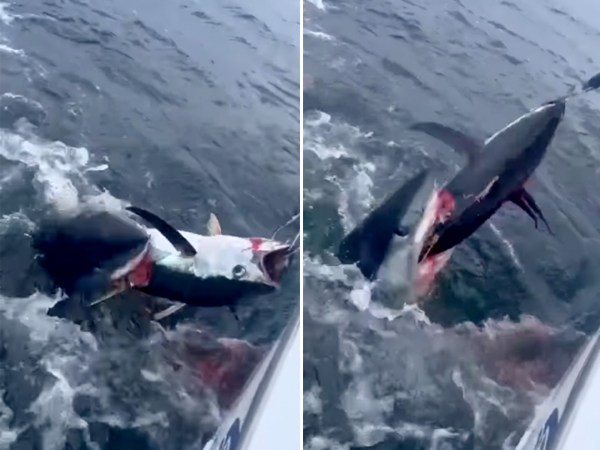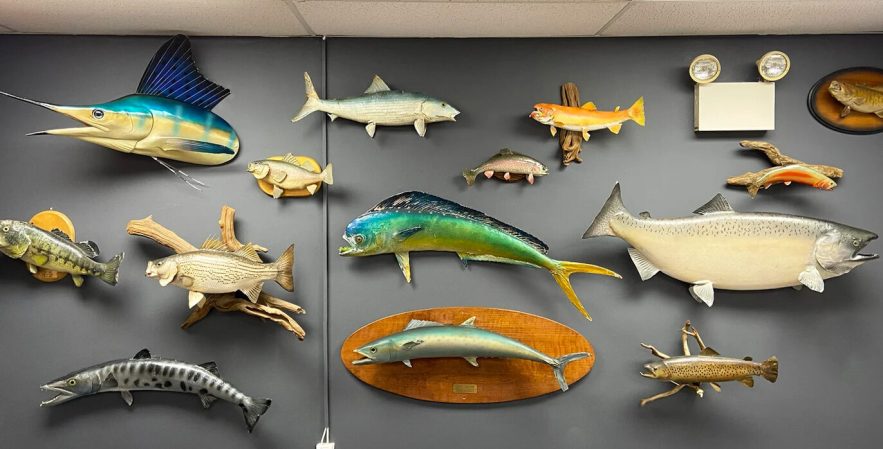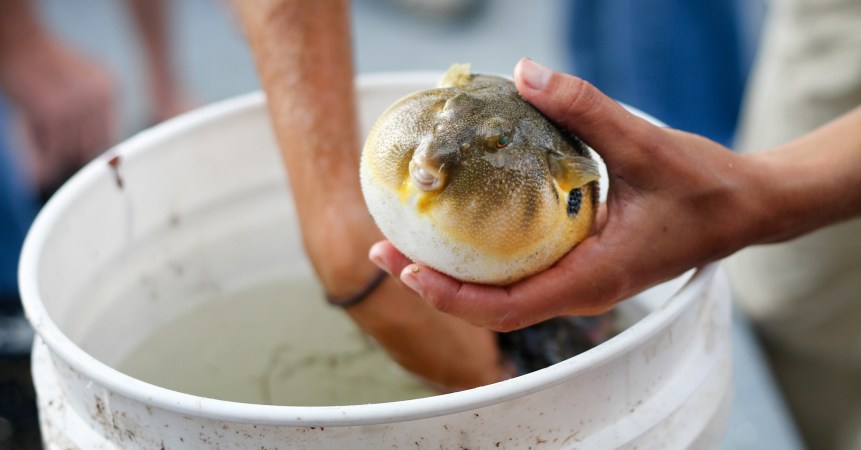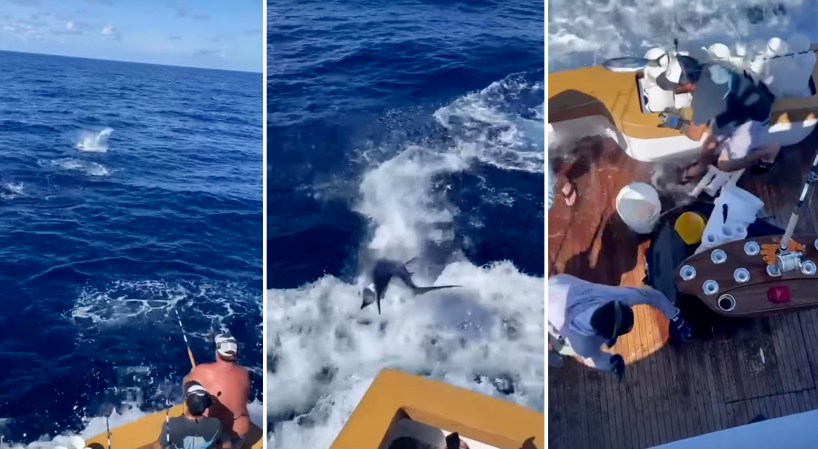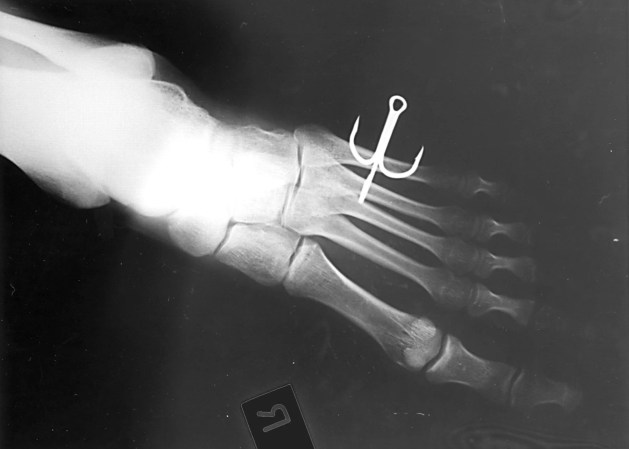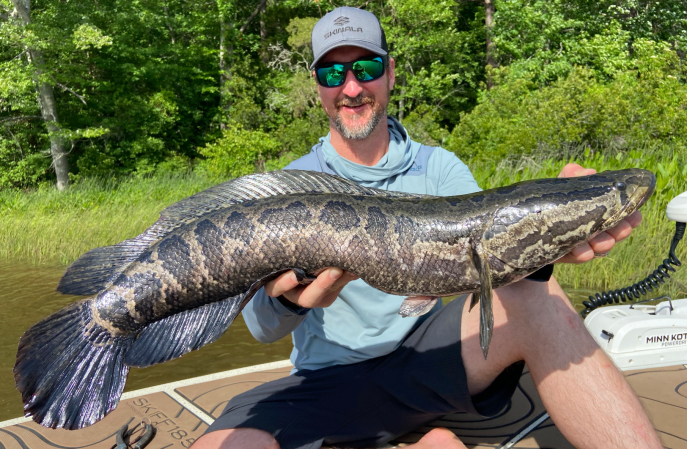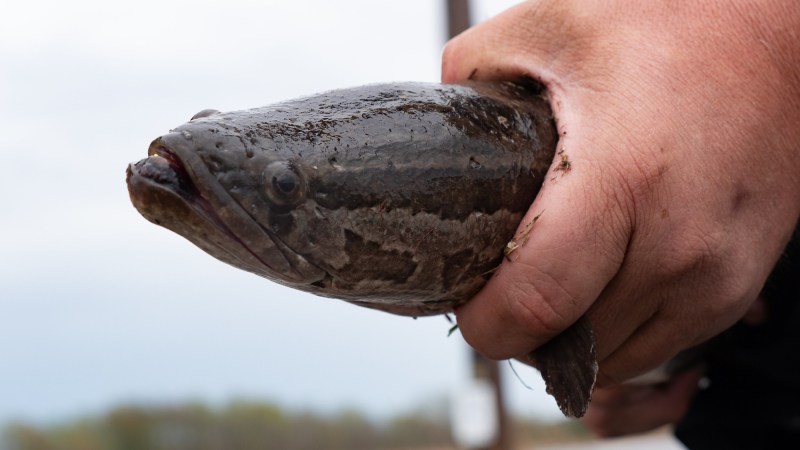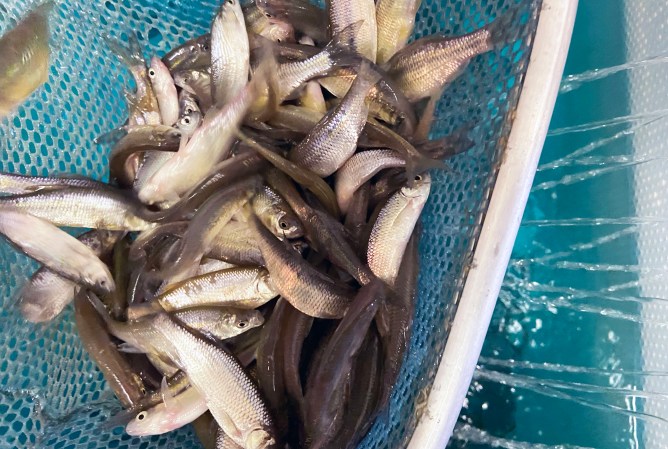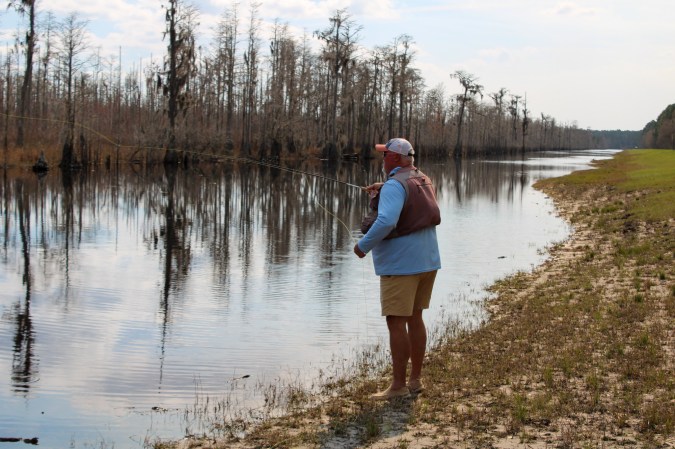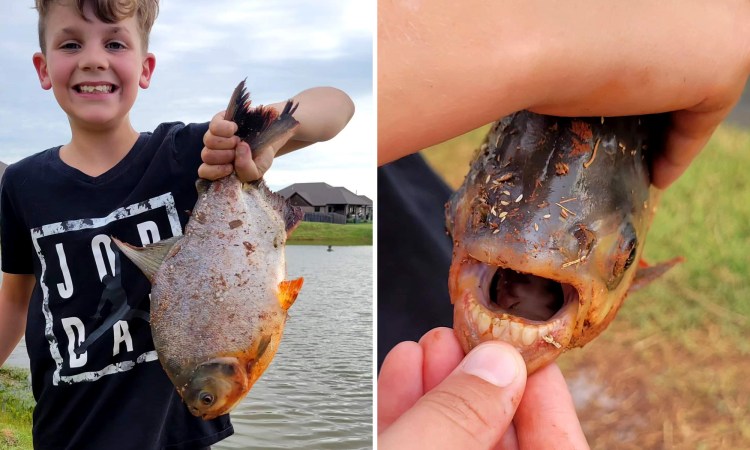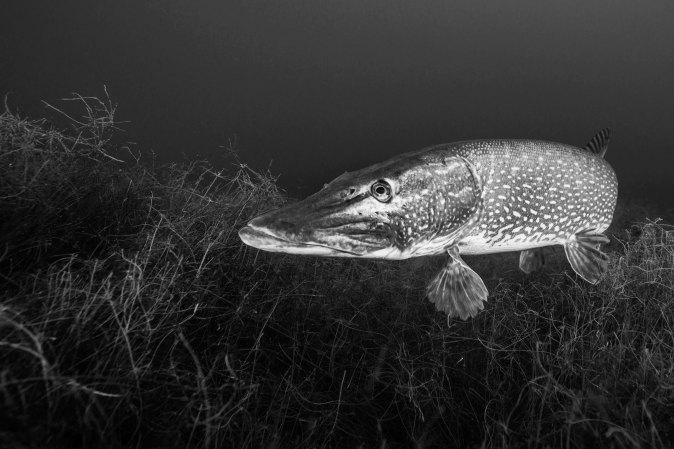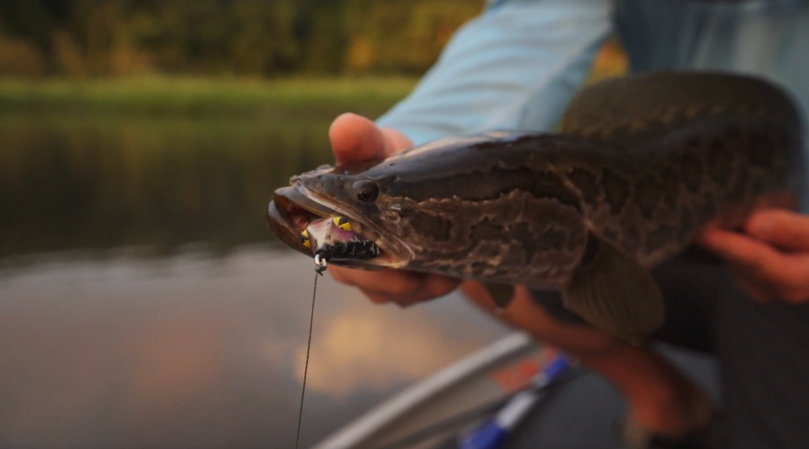Fishing can be easy and relaxing. It can also be very technical and challenging. Where it falls for you depends largely on what you want to catch. Species like bass, pike, panfish, and trout can be fooled with a shiner or worm under a bobber, or you can up the game by targeting them with flies and swimbaits. In either case, however, once they bite there’s a good chance they’ll wind up in your net. These species have mouths with plenty of soft tissue for a hook to grab, and when they commit to hitting your offering, they tend to go all in.
But there are fish swimming around out there that don’t make it quite so simple. Even if they’re feeding ravenously, their anatomy and physiology make it extra challenging to not only plant the hook but keep it there. Here are five of the toughest customers.
1. Tarpon
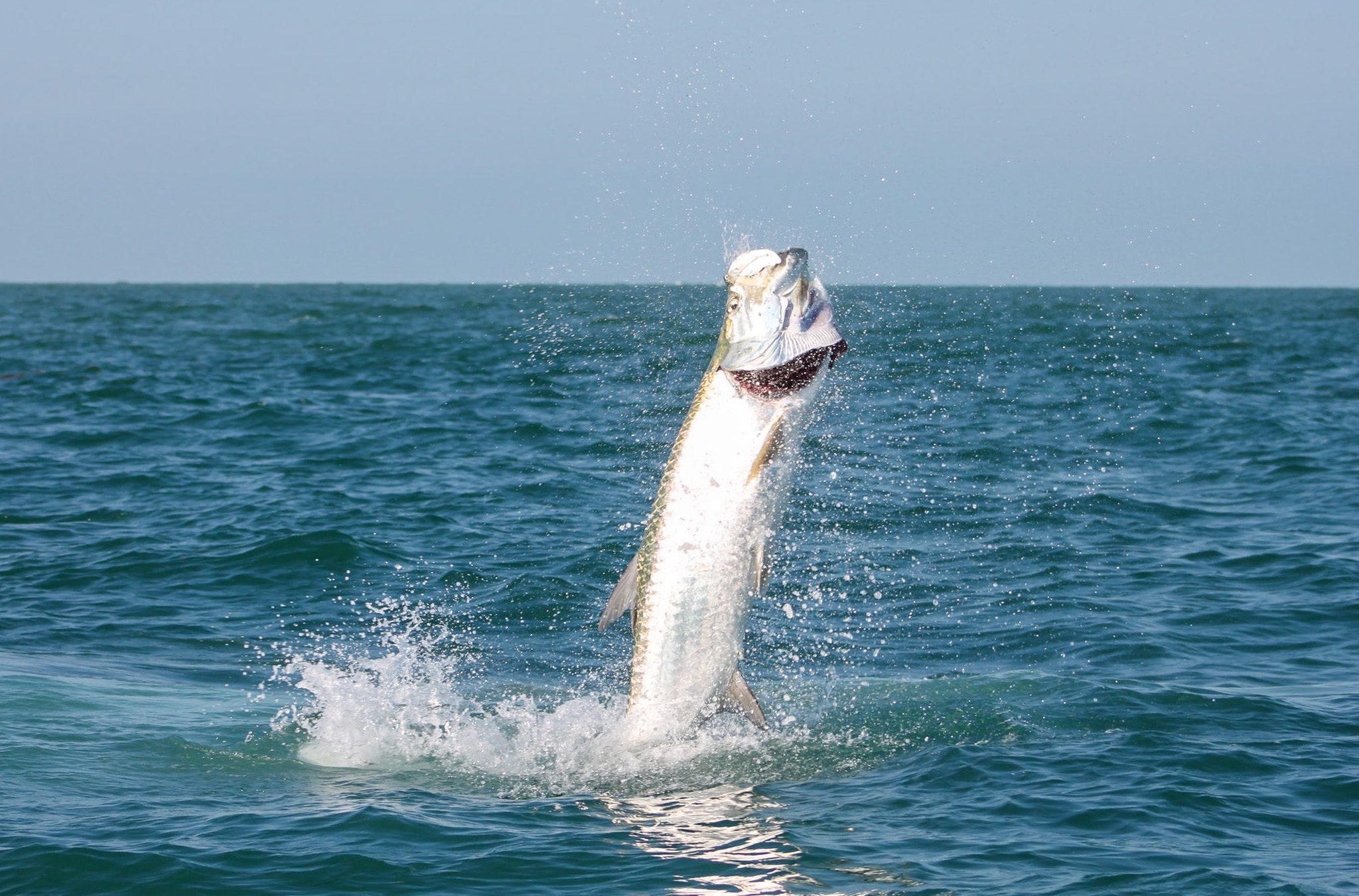
Tarpon are one of the most popular saltwater gamefish in the United States. They can break the 200-pound mark and every year thousands of anglers head south to tempt these oversized herring with everything from flies to topwater plugs to live shrimp. But no matter which method you choose, your chances of getting every one that makes it to the boat are very, very low.
In some fly-fishing circles, a good day is measured not by how many tarpon were landed, but by how many were “jumped,” meaning they ate the fly and it stayed glued through their famous acrobats after the set before pulling free. Whether you’re targeting 20-pound tarpon in skinny water or 100-plus-pounders under a bridge in deep water, their mouths are equally rock hard. Their lips, jaws, and the interior of their maws are—in terms of rigidity—akin to a ceramic dinner plate. Even if your hook does find a soft spot, tarpon battle so violently and have so much energy that the odds of that hook staying planted for the entire fight are slim.
Read Next: The Best Saltwater Fishing Rods
For this reason, landing tarpon revolves around averages. If you work all day for one or two bites, the odds of a landing aren’t in your favor; if you get a bunch of shots in a day, the better the odds that a few, at least, will make it to hand.
Some anglers feel being heavy-handed during the fight is the best way to ensure a landing, though if you remember nothing else, don’t forget to bow your rod—meaning point the rod directly at the fish—when it jumps. This temporarily introduces slack in your line, which helps keep your hook in place when these big fish crash back down.
2. Bowfin
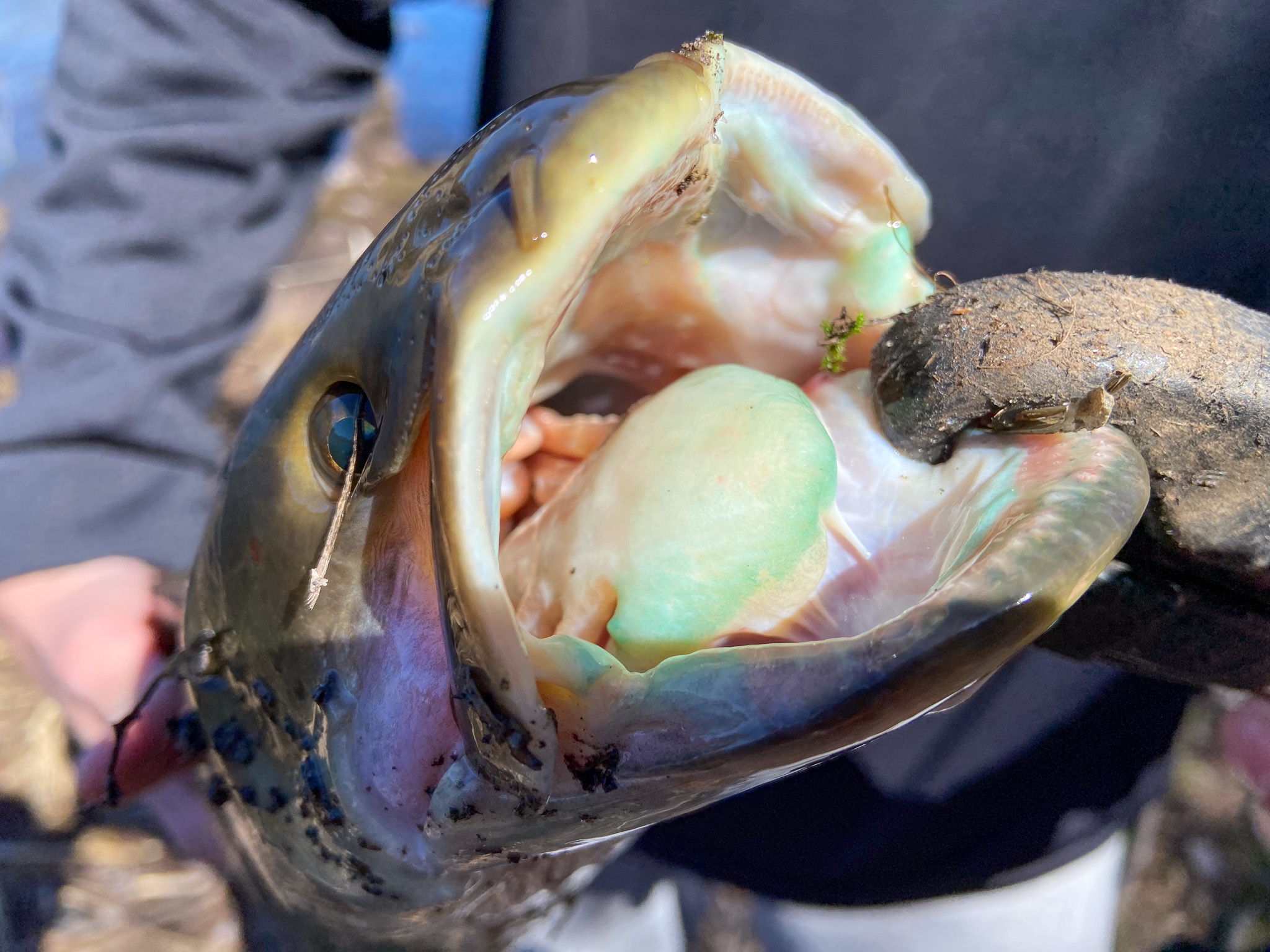
Bowfin aren’t exactly an A-list target unless you’re part of the growing cult of devoted “dogfish” zealots. Still, many people get shots at them while chasing other species like catfish and bass. And I’d be willing to bet that many of those inadvertent encounters don’t result in a landed fish.
A bowfin’s jaw is as hard as granite. Even if you do manage a firm hookset, if you’re not using a strong, quality hook, they’ll bend it right out during their violent thrashing. I’ve even gotten spinnerbaits back after a bowfin attack with hooks simply bent closed thanks to their impressive, vise-like jaw pressure.
Despite popular belief, their rounded, conical teeth rarely cause a bite-off. More often an angler who doesn’t realize it’s a bowfin that just grabbed the bait or lure isn’t going to swing hard enough to really drive in the point, nor fight the fish in a way that puts the odds in their favor. Aside from using strong bait hooks and lures with quality hooks to specifically target bowfin, you want a stout rod and heavy braided line that will really let you swing hard without breaking. Once you’re tight, muscle that fish in fast and don’t give it any slack.
3. Sheepshead
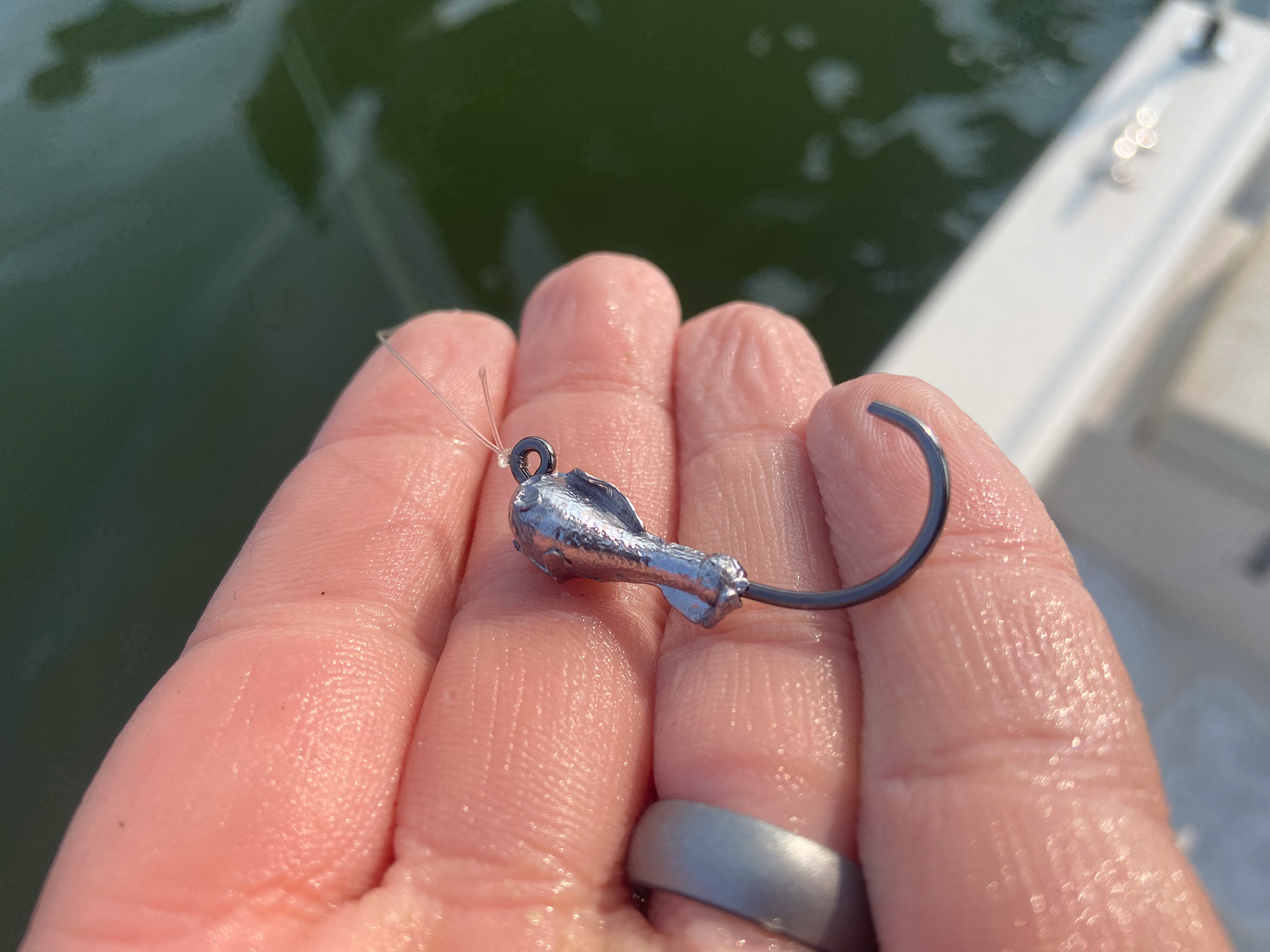
A member of the porgy family, sheepshead are an inshore favorite throughout the Gulf and in the Atlantic from Florida to New Jersey. Their most striking characteristic is their human-like teeth designed to crunch through crabs and mollusks. These teeth, however, are also what make them very frustrating to hook.
Sheepshead have the uncanny ability to snatch your bait so quickly that it’s gone before the bite even telegraphs to your rod tip. Even if you do feel the take, planting a small hook or jig in that mouth full of chompers isn’t easy. It takes time to master the art, and even when you’re good at it, it’s not uncommon for these fish to literally snap a hook in half. Above all else, make sure you’re using strong hooks when targeting sheepshead, and don’t take any pressure off when you do come tight.
4. Tautog
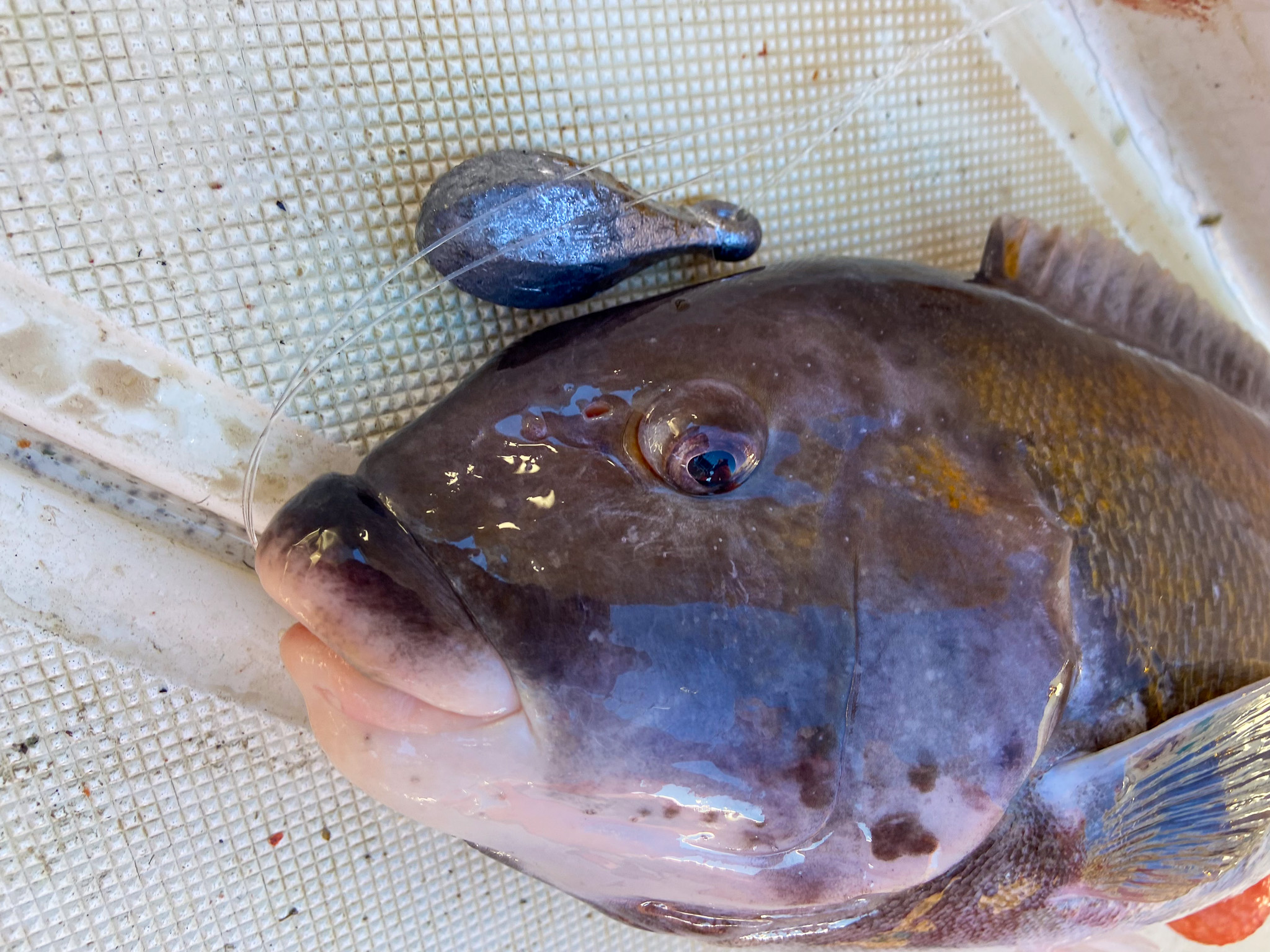
Like sheepshead, this Northeast and Mid-Atlantic wreck and reef dweller is highly adept at taking a piece of crab or clam off your hook before the tug even triggers your brain to swing. The difference between the two species, however, is that tautog don’t have rows of hard teeth. They have few stubby conical teeth and giant rubbery lips, so once you do pin the hook, it’s likely not coming out. If, that is, you can make that initial stick.
Tautog can extend those lips, often barely holding a bait in them. You feel the tug, but when you swing you just yank the hook away, as it was never in a meaty party of their mouth or throat. I’ve seen tautog rookies on the verge of pulling their hair out getting bites as soon as their bait hits bottom but missing the connection every time. No “tog” angler, regardless of how long they’ve been doing it, is good enough to convert every bite into a fish in the net. Still, there are little tricks that help give you an edge.
Although the bite can vary day to day, tide to tide, and wreck to wreck, in general you need to train yourself to feel the difference between a “scratch” and a committed take. Scratching feels like little bites, and it’s the tautog cracking the crab shell or nibbling the legs. Swing now and you’re coming up empty. Instead, wait for that first solid thump, then swing hard and keep that fish coming if you connect so it doesn’t give you the slip in the wreck or rocks.
5. Snakeheads
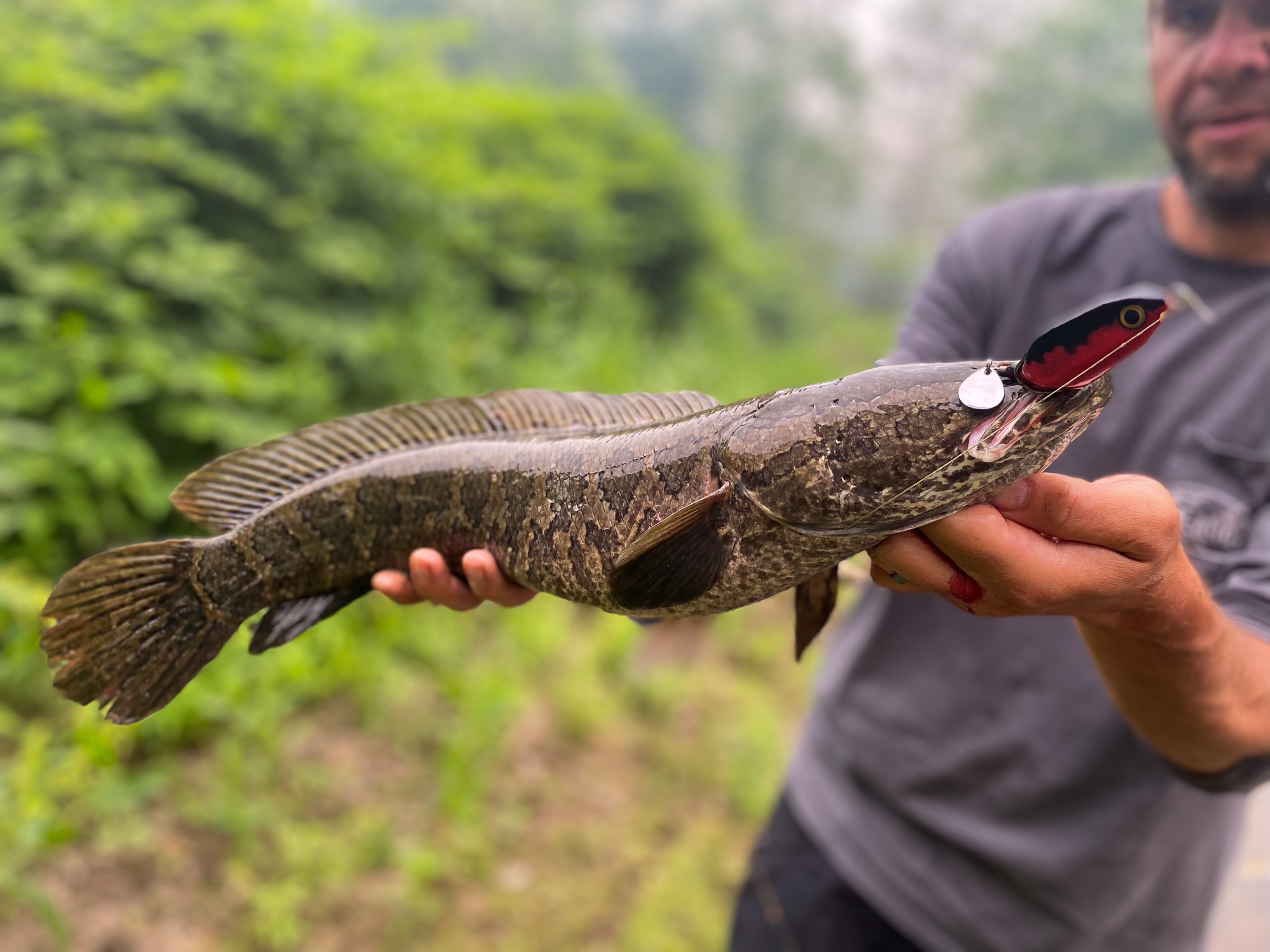
As the cult of anglers chasing this invasive species grows from Florida to New York, more and more people are learning that landing one of these fish isn’t all that easy. Like bowfin, snakeheads have hard mouths and jaws, but the bigger issues are their teeth and bite force.
To penetrate the roofs of their mouths, you need to get through rows of teeth on their upper palate. To do so, you need to be using lures with strong hooks and a heavy outfit combined with braided line that will really let you put some power into the swing.
Read Next: The Best Spinning Rods, Tested and Reviewed
What costs people more snakeheads, however, is the illusion of a solid hook set, especially when using hollow-body frogs. The fish will inhale the lure and clamp down hard. You set and the fight begins, and you think those hooks are driven in. Quite often, though, you never moved the lure when you swung, and while the fish may hang on for a few seconds, as soon as it opens its mouth—out pops your frog. You can learn more about how to catch snakeheads here.

